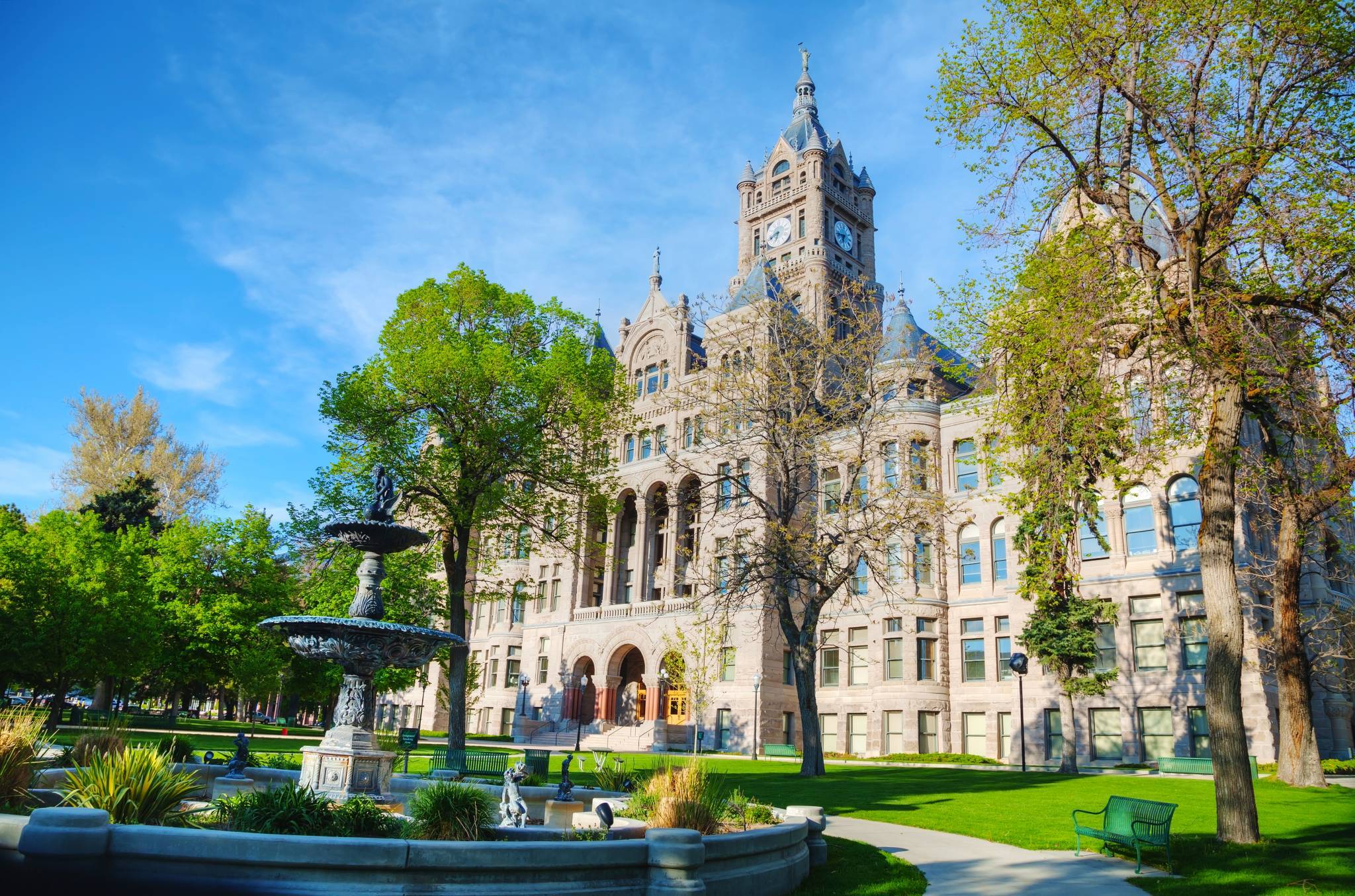By Julene Reese
Despite a rich heritage of women’s involvement in voting, advocacy, and civic engagement, Utah lags behind most states regarding women running for and serving in elected political roles. For the eighth consecutive year, Utah ranks last in WalletHub’s “Best & Worst States for Women’s Equality” and ties for 45th place (receiving a D grade) on RepresentWomen’s “Gender Parity Index,” which measures women’s political representation.
To track the progress of Utah women in politics, the Utah State University Utah Women & Leadership Project (UWLP) began reporting on their status in 2014, with updates in 2017, 2021, 2022, 2023, and now 2024.
“The reports are intended to help identify if changes have been made,” said Susan Madsen, UWLP founding director. “It is also a call to action for Utah residents and leaders to encourage and support future efforts to diversify voices on Utah’s Capitol Hill and in our cities, towns, and counties around the state.”
A summary of female political representation in Utah is below.
U.S. Congress: 16.7% of the Utah delegation to Congress is female, compared to 28.2% nationally. One of Utah’s congressional seats is currently held by a woman – Representative Celeste Maloy. Utah has never elected a woman to serve in the U.S. Senate.
Statewide Executive Offices: 20% of the Utah Statewide Executive Office (SEO) seats are held by women, compared to 31.9% nationally. The only woman serving in the Utah SEO is Lieutenant Governor Deidre Henderson. Utah has never elected a woman governor. Lt. Gov. Olene Walker was appointed as governor until the end of Mike Leavitt’s term (2003–2005).
State Legislature: 26.9% of Utah State legislators are women, compared to 32.8% nationally. Utah is ranked 39th in the nation in terms of women serving in the state legislature. Only 28 of 104 Utah legislators are women. Five of the 11 leadership positions in the House of Representatives are held by women, as are five of the 14 Senate leadership positions.
Counties: In 2024, for the first time in Salt Lake County Council’s history, all leadership roles within the council are held by women. This is unusual, considering that only 32.4% of Utah county commission and council seats are held by women, and 37.9% of the elected positions of attorney, auditor, clerk, recorder, surveyor, sheriff, and treasurer. County commissions and council seats in Utah are overwhelmingly held by men at 78.6% compared to 21.4% by women.
Mayors: 22.1% of Utah mayors are women (56 of 253 cities), slightly decreasing from 23.8% in 2023. Mayors of Utah’s larger cities (populations over 30,000) are women (up to 13 from three in 2017). Three of four of Utah’s largest cities are led by women mayors. The second-largest share of female mayors lead cities with populations between 65,000 and 99,999.
City Councils: 30.8% of council members in Utah municipalities are female. However, there are 47 councils comprised entirely of men, but no councils of all women.
Boards of Education: Utah is closely aligned with the national average, with women holding 54.4% of district board seats.
“Historically, the scarcity of women running for office has been one of the many challenges related to low numbers of female political leaders in Utah,” said Kolene Anderson, UWLP associate director. “If that is going to change, it is critical to acknowledge and address the barriers women face when running for public office in Utah – specifically, societal attitudes and gender discrimination, poor treatment of female candidates, biases in party politics that favor traditional gender roles, and the media’s treatment of female candidates.”
Anderson said it is time to get serious about diversifying the voices on Capitol Hill and in the cities, towns, and counties throughout the state because all Utahns will benefit from the perspectives and leadership women can provide.
In addition to the above research, UWLP researchers conducted a 2023 statewide study to establish a baseline of public perceptions of the awareness, understanding, and attitudes regarding the challenges Utah women and girls face. The survey focused on five areas: education, community engagement, safety and security, health and well-being, and the workplace. The following are highlights from the “Political and Civic Engagement” portion of the research that will help set goals and metrics for “A Bolder Way Forward,” a new initiative inviting Utahns to break down the barriers that keep women and girls from thriving.
The majority of respondents disagree that if a woman were to serve in a political role, it would negatively impact her family. While this is encouraging, 16% agree that it would negatively affect her family, and 17.2% are neutral.
Respondents overwhelmingly agree that women are well-suited for elected political roles, as 59.9% strongly agree and 30.1% agree or somewhat agree. Levels of agreement were significantly stronger for respondents with higher education and income levels.
A representative sample of Utahns feel they are engaging in efforts important to the well-being of their communities, with 55.8% agreeing at some level and 24.8% neither agreeing nor disagreeing. Women respondents especially agree with this sentiment.
“Research has shown that men and women often have different priorities, with women focusing more often on the needs of children, families, and social programs within society,” concluded Madsen. “Having women more equally engaged in civic activities and community roles at all levels within society will become even more critical in the years to come. As men and women lead more equally in all public roles, the needs of all Utahns will be better served.”
To view the full research brief, click here. To view the political and civic engagement research summary, click here.

